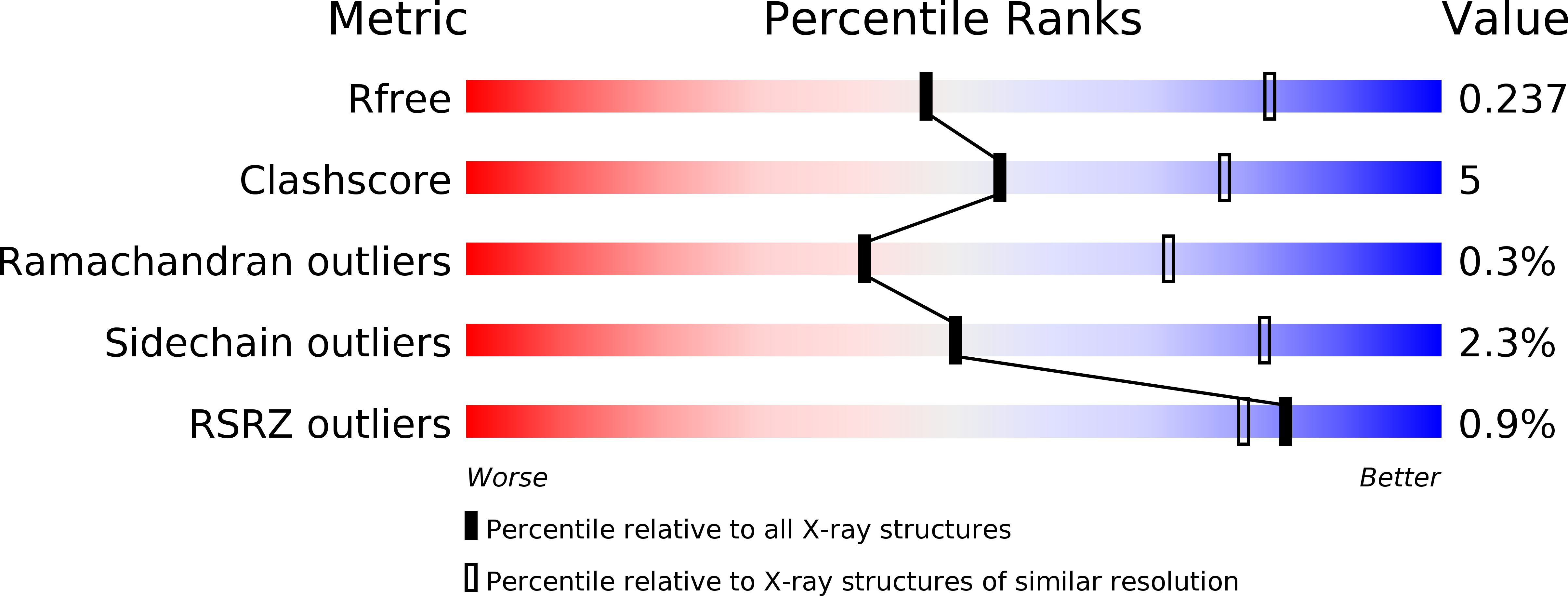
Deposition Date
2013-01-15
Release Date
2013-09-04
Last Version Date
2024-11-06
Entry Detail
PDB ID:
4IRS
Keywords:
Title:
Structure of the mouse CD1d-PyrC-alpha-GalCer-iNKT TCR complex
Biological Source:
Source Organism:
Mus musculus (Taxon ID: 10090)
Mus musculus, Homo sapiens (Taxon ID: 10090, 9606)
Mus musculus, Homo sapiens (Taxon ID: 10090, 9606)
Host Organism:
Method Details:
Experimental Method:
Resolution:
2.80 Å
R-Value Free:
0.23
R-Value Work:
0.19
R-Value Observed:
0.19
Space Group:
C 2 2 21


